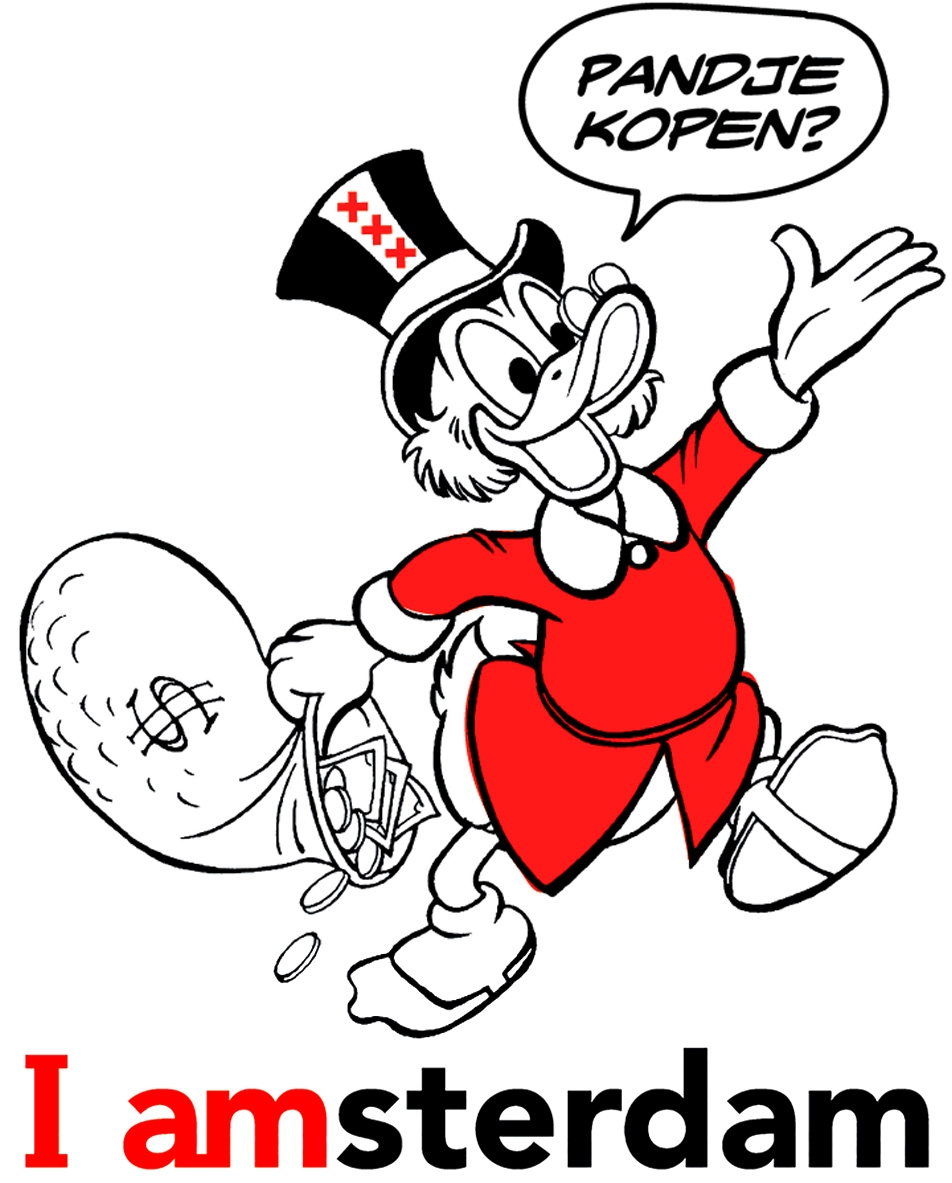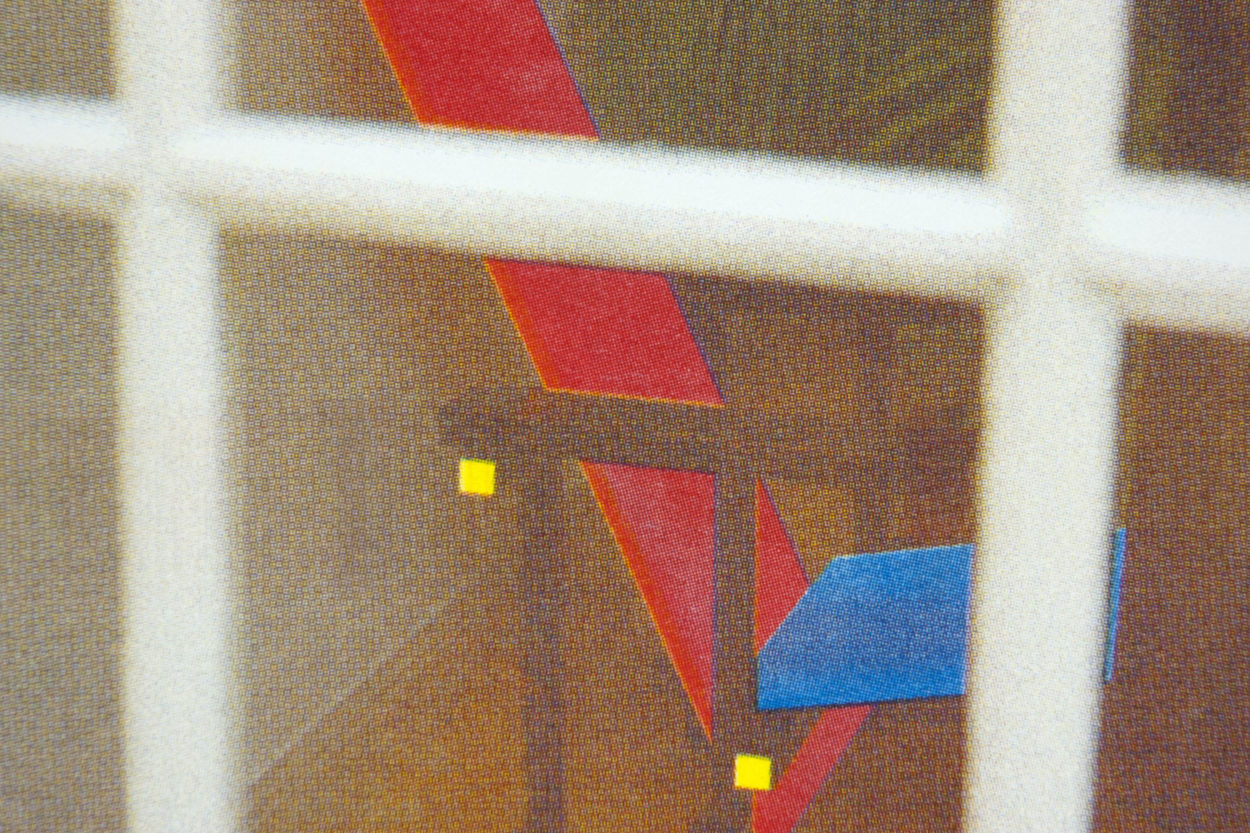Published
Crossing the threshold
I have lived in rental properties all my life – for the entirety of my childhood, and for the seventeen years of my *officially* adult life. Before we moved to the Netherlands, MR suggested that we buy, rather than rent, a house. It took me awhile to come round to the idea, foreign as it is, but we are now looking for our own home.
On arrival we were ignorant to the state of housing here. We have since learned that houses are, comparative to London, somewhat reasonably priced and in decent condition, and that one hundred percent mortgages and home-owner tax benefits are available. Breezy, no?

We have also discovered that the demand for housing far outweighs the supply. I don’t know the exact details, but I believe the crisis emerged loosely around 2015 as a result of a parliamentary pause on building to minimise environmental impact. Particularly in the Randstad, this has resulted in 8-12% over-bidding as the norm and property values literally doubling since 2015 – check any address on the government’s value register. Skyrocketing prices in Amsterdam have compounded, in part, due to the rise in foreign investment and the doubling of tourists per year from four to eight million between 2004 and 2017 (read more).

Contextual complexities aside, the present possibility to own our own home feels life-changing for me. I was raised by a single mother on a receptionist’s wage, although her parents – who were generous with us in care and finances – were comfortable. This goes some way in explaining the conflict between my middle class values and my working class psyche. But, as Eula Biss points out, defining class is a tricky task.
Read more